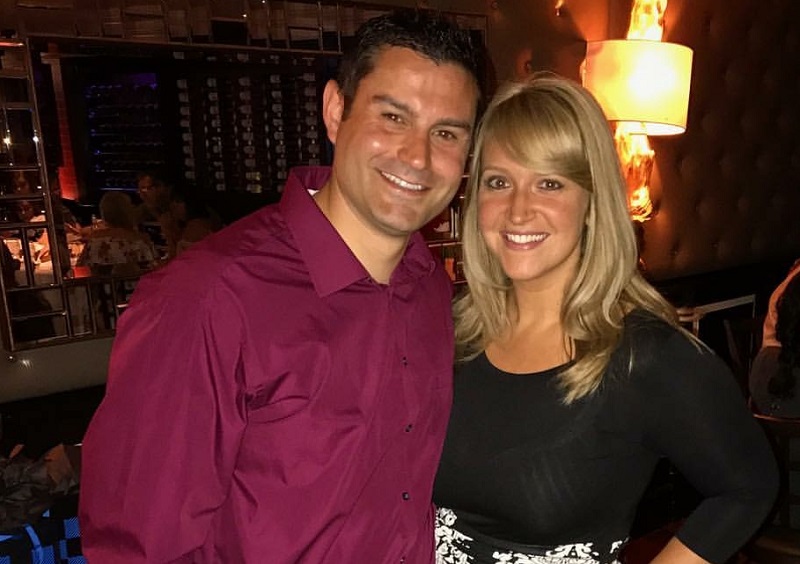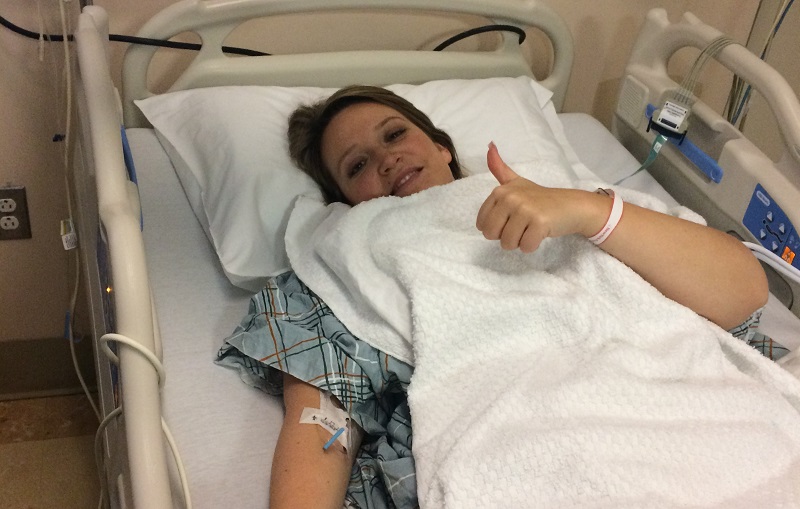New workout routine helped uncover woman's rare heart defect
By American Heart Association News

As a medical malpractice lawyer, Diana Mauro is no stranger to stress.
Her job in the New York area consists of long hours and challenging cases. Some days, she would stay at the office until 9 p.m.
Like many people, she exercised to reduce tension and stay fit. In late 2016, she decided to get in better shape, so she ramped up her cardio and weight workouts to about four or five times a week with her boyfriend, a fitness trainer.
Then, Mauro started to feel lightheaded. Her blood pressure dropped very low. She thought she was dehydrated or working out too hard. When the symptoms didn't go away after a couple of weeks, she visited her primary care doctor.
A heart murmur was detected. She was referred to a cardiologist, who found that one of her veins wasn't connected correctly to her heart. She also had an enlarged right ventricle. More testing found that three of the four veins from Mauro's right lung were connected to the right side of her heart instead of the left. That meant her body was receiving only half of the oxygenated blood it should
Mauro was born this way. Her condition is so rare that it accounts for only about 1 percent of the 1 percent of babies born with heart defects each year in the United States. It's called scimitar syndrome, or partial anomalous pulmonary venous return.
Her body had adapted to the condition, letting her live a normal life. Then, at age 29, that had begun to change. Mauro started having symptoms because her body couldn't compensate as she increased her physical exertions and her aging heart became less efficient.

Mauro at first struggled to process her diagnosis.
"There were times of grief, anger and, of course, confusion," said Mauro's boyfriend, Michael Solla. "We were dating barely a year then, but I knew we would get through it together. She showed what it meant to fight to be alive."
Using her contacts in the medical community, she searched for a cardiac surgeon experienced in performing surgery to correct scimitar syndrome. She found Dr. Emile Bacha, a cardiac surgeon who specializes in resolving congenital heart defects.
Mauro made a point of physically and mentally preparing herself for open-heart surgery. This included sharing her story on Facebook and Instagram.
"In response, people contacted me, offering me their support, and that really helped," she said. "I realized other people were going through difficult times."

Mauro underwent surgery to relocate the veins to the correct side of her heart. She calls the 6.5-inch mark on her chest her "survival scar."
"The first thing she did after opening her eyes after surgery was to give us a thumbs-up sign," said her father, Vincent Mauro.
Recovery, though, proved to be more challenging than she expected. She needed help bathing and had to build up her strength to perform daily tasks, such as walking. She was out of work for two and a half months.
"That was when I realized the importance of work-life balance," she said.
She made a few lifestyle changes, including moving to a new law firm with fewer daily hours and more flexibility to work from home. She still works out at the gym, but not as often or as intensely.
Mauro no longer takes any medications. She sees her cardiologist once a year and probably won't need any more surgeries related to her heart defect.
Now she's focused on raising awareness of congenital heart disease in children and adults and fundraising for heart research. She was honored at the Putnam Heart Walk in Brewster, New York.
"Everything I went through is still so surreal," Mauro said. "I appreciate life more. My motto is, 'Be strong, be brave, be fearless.'"
Editor's note: This story was updated Nov. 25, 2019, to remove references to a discontinued program.
Stories From the Heart chronicles the inspiring journeys of heart disease and stroke survivors, caregivers and advocates.
If you have questions or comments about this story, please email [email protected].





